2016 tech predictions: what the T3 team think will happen this year
You heard it here first!

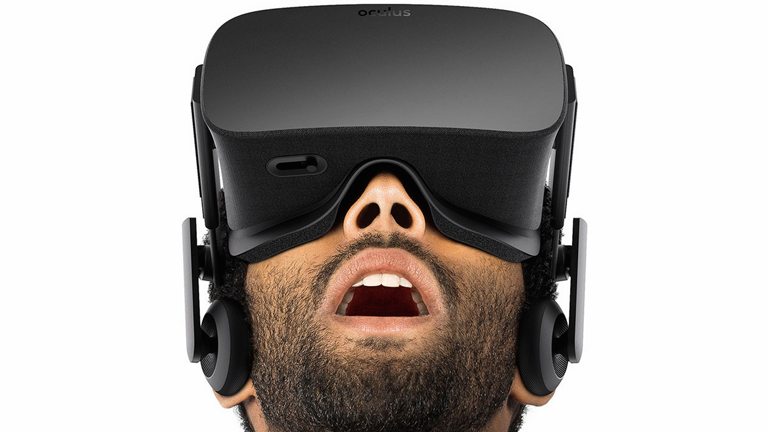
2016 is going to be a massive year for tech. So, if you thought 2015 really delivered then it's time to think again, as the following 12 months are already jam-packed with some absolutely game-changing products, gadgets and technology. And that's just what we know about!
Here the T3 team predict what they think will happen throughout 2016 in the amazing world of tech. You heard it here first!
Robert Jones, Features Editor

The Rez Infinite announcement at this year's Sony PlayStation Experience event was the first time I was genuinely enthused by this current wave of VR tech. Up till now the hardware has been prohibitively expensive and the software has not convinced, never escaping tech demo status. Rez Infinite and PlayStation VR can change this. By partnering an affordable VR headset with a proper game that is actually augmented by the immersive technology, Sony can make VR come of age and act as the catalyst that will take the technology mainstream.
Duncan Bell, Lifestyle Editor
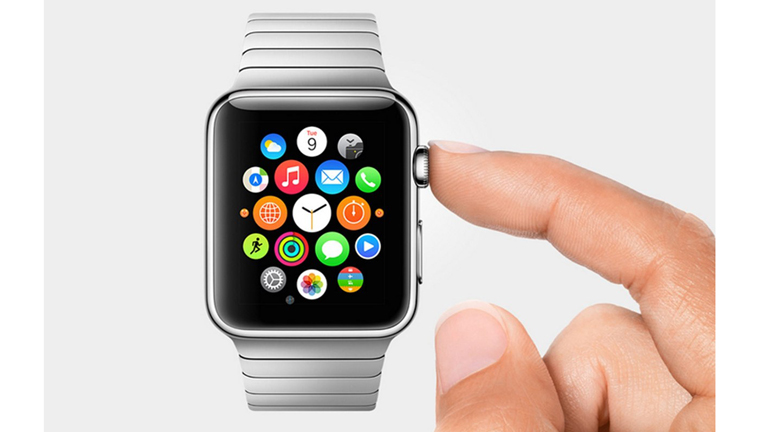
If Samsung and Apple are serious about making smart home tech and John Lewis is serious about selling it, next year could see connected homewares moving beyond the moguls and early adopting enthusiastsmarket and into the hands of your dad and your mates. Normal people.However, I fearall that will mean is a lot of annoyed normalpeople spending a lot of time messing with settings, resetting routers and shouting, "You bastard!"at lightbulbs.None of this stuff works properly yet, and the field as a whole is a bitch'sbrewof products that serve next to no purpose andproducts that don't work. In certain cases, reliability is an actual disgrace.If there's a product I'd like to see next year it's a fitness tracker that auto-detects activity, tracks heart rate accurately, has GPS,supports apps, contains a music player, canprovide real-time coaching and provides a calorie burn estimate that isn't fanciful to the point of insanity. What I don't want is another fitness tracker that counts steps and offers inane "lifestyle tips" like "eat broccoli" or "take time every day to relax; you'll feel better.
Spencer Hart, Lifestyle Tech Writer

Recently we've seen a trend towards fashion and luxury brands releasing wearable technology, whether it's large names like the TAG Heuer and Fossil with their smartwatches, or more bespoke pieces from the likes of Henry Holland and Vinaya. While these may not be the best traditional 'tech' products, they're certainly more stylish, and as a result, desirable and pleasant to wear. I expect more fashionable wearables to start popping up in 2016.Another area we've seen a tonne of traction in recently is the Internet of Things, or 'smart home'. All of these devices are very nebular at the moment, there's nothing that really connects them together in an intuitive way, so they offer very little to the consumer. Honestly, I don't expect that to change much in 2016, although some larger companies, such as Apple with HomeKit and Samsung with Smart Things, may make some headway towards the end of the year
Kane Fulton, Computing Editor
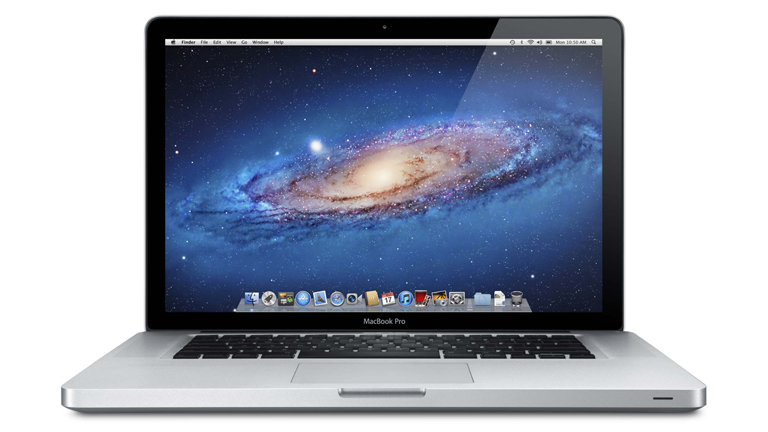
Apple needs to up its laptop game in 2016, and it needs to deliver – big time. The MacBook Air and MacBook Pro remain relevant on their core strengths of battery life and OS X, but laptop makers such as LG and Dell (with the LG gram 15 and XPS 13/15 respectively) began to really push the hardware envelope in 2015. Combined with Windows 10, they're making PCs exciting again. To strike a rival blow, Apple needs to forget one-port products and deliver ones that justify the long wait. A lightweight 15-inch MacBook Air with a high-resolution display and 12 hours of battery life would do nicely and, as for the MacBook Pro, a slimmer profile, a switch to dedicated Nvidia graphics and 10 hours of battery life would fit the bill. It almost certainly won't happen, though. Inspired by Dell's XPS laptops, I expect a crop of clamshells sporting ultra-thin display bezels to race out of the traps next year. Microsoft's Surface Book will no doubt prove just as influential on 2-in-1s, and I wouldn't be surprised to see the emergence of more tablets with laptop-like keyboards housing powerful innards.
Dave James, Home Entertainment Editor
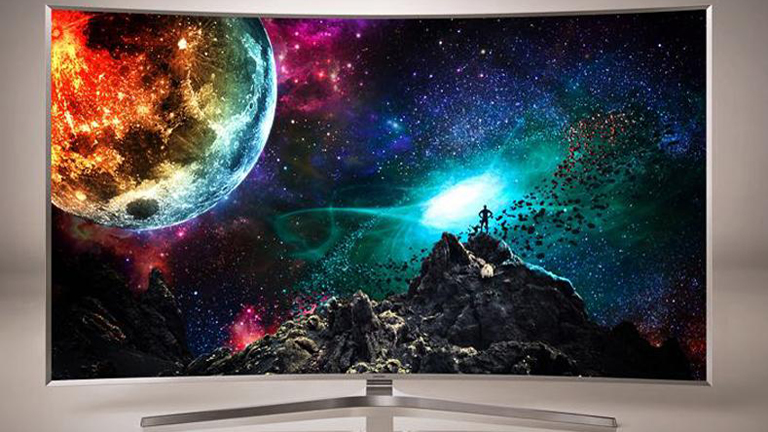
In 2015 they tried to push 4K Ultra HD as the future of TV, and while we had a lot of folk buying into it, convinced they needed to go out and buy a new 4K-capable telly-screen, there still isn't a lot of content available. And not many of us really notice a huge difference between 1080p and 4K anyways. But HDR is different - with a capable TV you can see a massive jump in visual fidelity. Content will still be a problem, but Amazon Prime's HDR content is growing and Netflix will be jumping into the fray in 2016 too.
Get all the latest news, reviews, deals and buying guides on gorgeous tech, home and active products from the T3 experts
This new year could also be the one where 'high-resolution audio' becomes a redundant term and simply turns into 'audio'. Master Quality Authenticated (MQA) is a way of folding up audio files while retaining all the data, even from studio masters, to create a file size not much bigger than the CD-quality files Tidal is currently streaming. Even without dedicated hardware or software MQA decoders devices can unpack the files to better than CD-quality. With Tidal starting its MQA streaming in 2016, and fully-compatible audio devices already on the market, high-resolution audio could become the norm for a great many listeners, not just the dedicated audiophiles.
John McCann, Phones and Tablets Deputy Editor
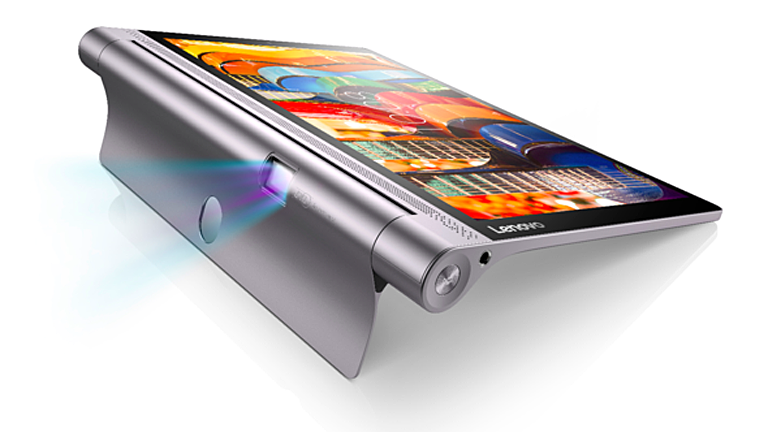
It's about time those clever mobile bods got their acts together and stuck a properly decent projector in our smartphones. Samsung gave it a go a few years back with the Galaxy Beam, but it was a pretty pitiful attempt. 2015 saw Lenovo stick the technology in its Yoga Tab 3 Pro slate, so the only natural progression is to move it our phones. There may be battery drain issues to contend with, but what better time to solve that one too? An instant 70-inch HD screen in my pocket? Watch out 2016, I'll be Netflix and chilling all over you.
James Peckham, Phones and Tablets Writer
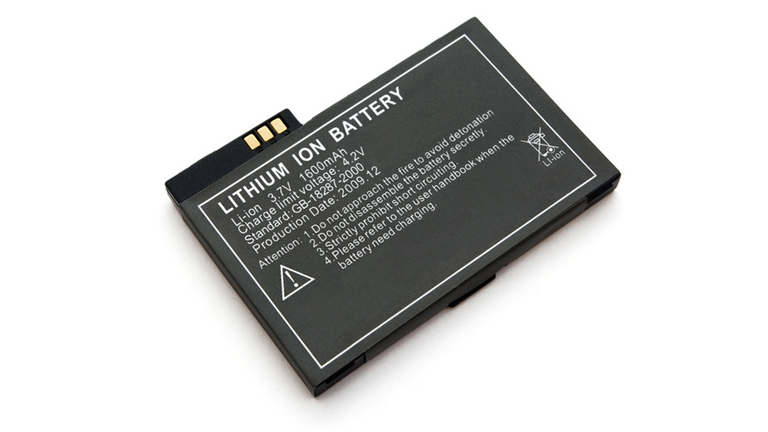
Every New Year's Eve I have one wish as the clock strikes midnight. Please, someone, make some major steps forward in battery life next year. All it will take is one big breakthrough to make my smartphone have much longer life or my smartwatch not die before the end of the day. Things have improved quite some way in recent years with wireless options and fast charging functionality, but it's not enough yet. It does feel like we're close to the next step in batteries though, and by the end of 2016 I believe we'll see much stronger batteries inside all of our devices.
Marc Chacksfield, Content Team Lead

I am really hoping that 2016 will be the year that VR comes alive. We've seen some massive companies head into this area - Facebook buying Oculus, Valve teaming up with HTC - and it's now time for the technology to be released to the public. The one big announcement that got me excited about virtual reality was when Palmer Lucky showcased Guitar Hero Live in VR. It's games like that which port you into amazing real-life situations that will help VR become the next frontier in gaming.
Matt Hanson, How To Editor
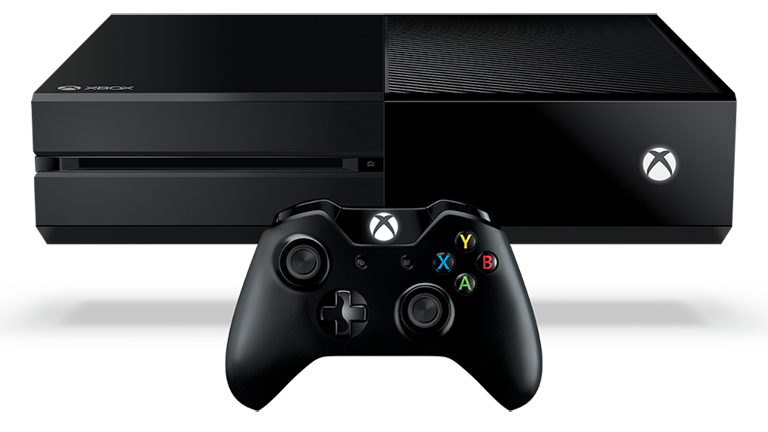
I have a feeling that in 2016 we'll see an Xbox One slim from Microsoft. The current Xbox One is big, brash and, let's admit it, pretty blummin' ugly. When the Xbox One was first conceived Microsoft did not want a repeat of the Xbox 360's infamous Red Ring of Death - and as the company envisioned the Xbox One being always on (and always online) it needed a big box with plenty of space to keep the components cool. With the hardware inside the Xbox One proving to be pretty robust, there's no need for the console to be so large. Considering that the Xbox One is being handily beaten by the PS4, and with Nintendo planning to release its new console, Microsoft needs to act fast to keep the Xbox One relevant. A slimmer, sexier and cheaper box could help.
Rod Lawton, Camera Editor
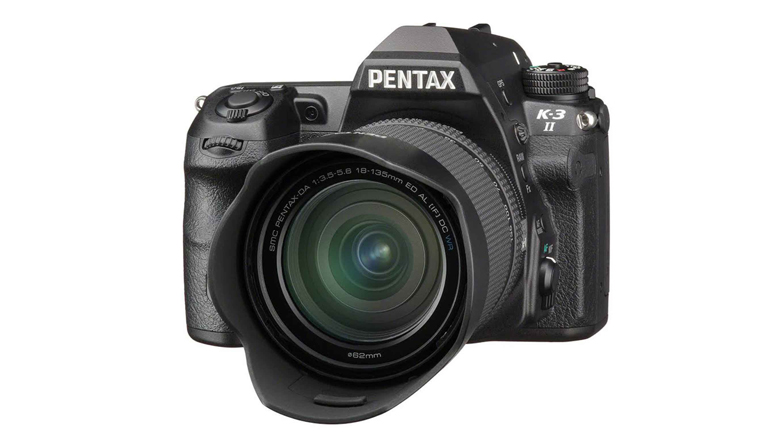
2016 could be the year we see camera makers really exploiting the concept of multi-shot image capture, where images are built up out of many exposures rather than just one.Olympus has already used this in its OM-D E-M5 II to get genuine 40MP images from a 16MP sensor – and by tiny sensor movements, not interpolation. Pentax has used it in the K-3 II's Pixel Shift Resolution mode to overcome the limitations of conventional single-layer sensors – it can capture full red, green and blue image data for each pixel without having to use color interpolation. And Apple's iSight cameras already use near-instantaneous multiple exposures to capture high dynamic range photos impossible with just a single exposure. Panasonic, meanwhile, has introduced a post-focus feature to its higher-end cameras via a firmware update – it uses its 4K video technology to capture separate frames at 30fps so that you can choose the one with the best focus point later.So we may not see sensors change too much in 2016, but we may see much more innovation in how they're used to get sharper, bigger images with better dynamic range and post-shot editing options we never before imagined possible.
Nick Odantzis, Deputy Editor, T3 Magazine
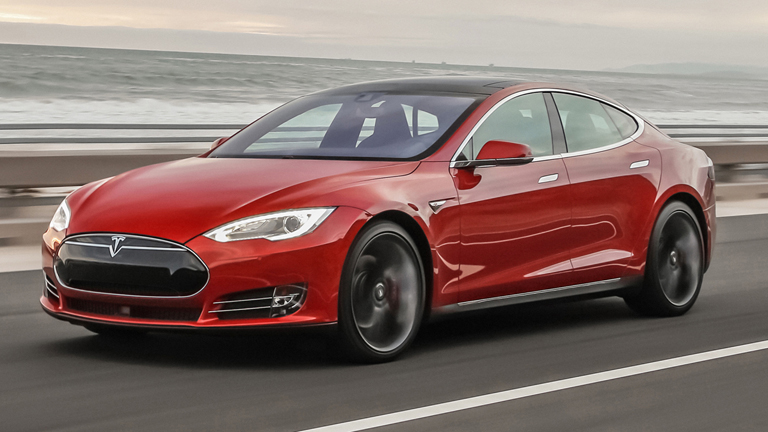
When it comes to auto tech, the major feature we'll see recurring in 2016 is autonomous driving. We've already seen full autonomous cars from the likes of Google, with Apple set to follow shortly, and this year it's going to be all about manufacturers jumping on board and flexing their automotive muscles in existing and forthcoming machines. Tesla has introduced semi-autonomy to its Tesla Model S, while Rinnspeed has introduced its whacky concept BMW i8 which not only drives itself at your command, it even has a drone to do double duties for you when parked up. Smaller, more mainstream manufacturers like Kia are also getting involved as we speak, and while things won't really take shape until at least 2018-20, this is a huge step in the right direction.
- Read more: T3's complete guide to gaming

Dan is a previous Editor for T3.com and covered the latest in computing, home entertainment and mobile tech. He's also the former Deputy Editor of TechRadar and former Editor of Lifehacker UK. Dan has written for numerous computing and lifestyle magazines and has also written a book, too. You'll see him pop up in numerous places, having been quoted in or on The Sun, BBC World Service, BBC News Online, ITN News, BBC Radio 5Live, BBC Radio 4 and Sky News Radio.